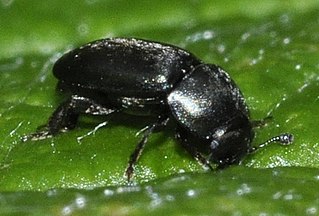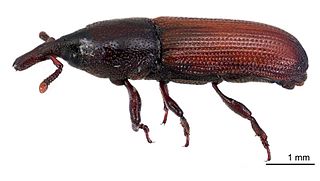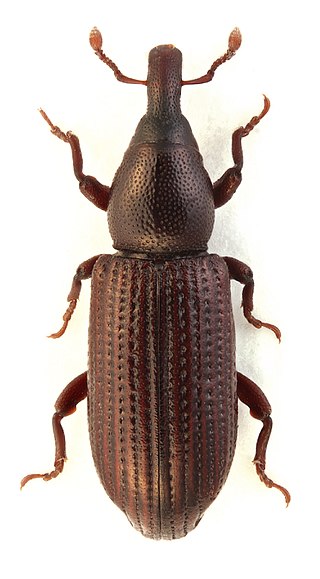- Several other genera were invalidly named Leiosoma. The mite genus of Nicolet (1855) is now Liacarus . The echinoid genus of Cotteau (1860) is now Trochalosoma . The lepidopteran genus of Felder & Rogenhofer (1874) is now Erocha . The millipede genus of Silvestri (1897) is now Catharosoma.
| Leiosoma | |
|---|---|
 | |
| Leiosoma deflexum, Belgium | |
| Scientific classification | |
| Domain: | Eukaryota |
| Kingdom: | Animalia |
| Phylum: | Arthropoda |
| Class: | Insecta |
| Order: | Coleoptera |
| Family: | Curculionidae |
| Genus: | Leiosoma J.F.Stephens, 1829 |
| Synonyms | |
| |
Leiosoma is a genus of weevils. It can be found in mountain-forest and alpine habitats in the western Palearctic realm. These weevils feed on plants of the families Ranunculaceae and Violaceae. [1]










